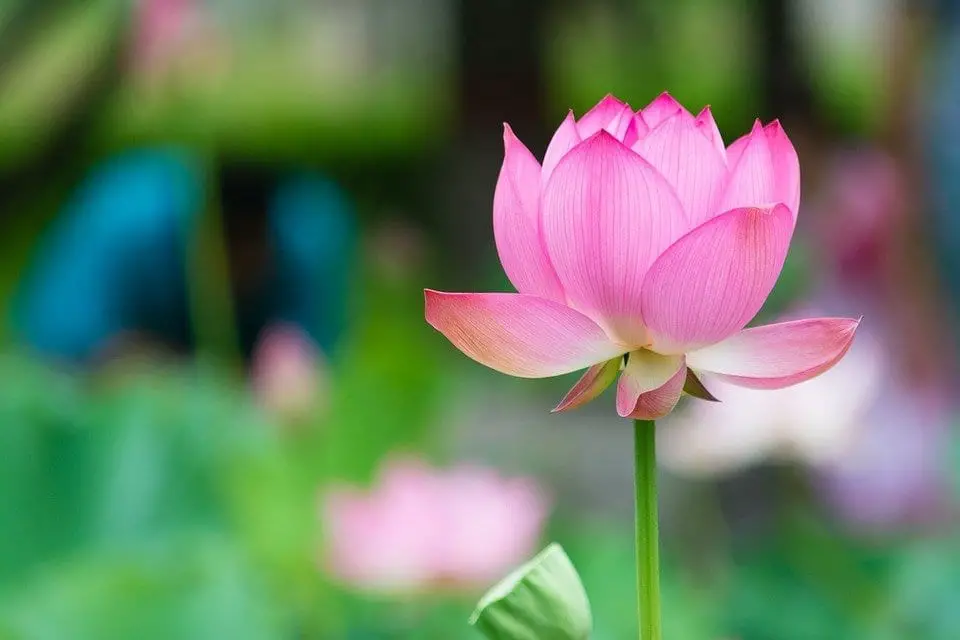Introduction:
Flowers have long been revered as nature’s delicate masterpieces, captivating the human spirit with their enchanting beauty and fragrant allure. These ephemeral wonders come in an array of colors, shapes, and sizes, each possessing a unique charm that has inspired poets, artists, and dreamers throughout the ages. Beyond their aesthetic appeal, flowers play a vital role in the ecosystem, contributing to the cycle of life and symbolizing a myriad of emotions and cultural meanings.
The Beauty of Diversity:
One of the most enchanting aspects of flowers lies in their diversity. From the vibrant petals of the rose to the intricate patterns of the orchid, each flower tells a story of adaptation and evolution. The world is home to an estimated 400,000 species of flowering plants, each adapted to thrive in its specific environment. This rich tapestry of floral diversity not only adds color to our landscapes but also contributes to the overall health of ecosystems by supporting pollinators and other wildlife.
The Language of Flowers:
Flowers have been assigned symbolic meanings in various cultures throughout history. This symbolic language, known as floriography, was especially popular during the Victorian era, where flowers were used to express sentiments that were often left unspoken. For example, the red rose has long been associated with love and passion, while the lily symbolizes purity and renewal. Understanding the language of flowers adds a layer of depth to the act of giving and receiving blooms, turning a simple bouquet into a heartfelt message.
Cultural Significance:
The significance of flowers transcends borders and is deeply ingrained in the cultural fabric of societies worldwide. In many traditions, flowers play a central role in celebrations, rituals, and ceremonies. From the cherry blossoms of Japan, symbolizing the transient nature of life, to the marigolds of Mexico, representing the Day of the Dead, flowers serve as a visual language that connects individuals to their cultural roots and shared human experiences.
Environmental Importance:
Beyond their cultural and aesthetic significance, flowers play a crucial role in the environment. As reproductive structures of plants, flowers facilitate the process of pollination, allowing plants to produce seeds and ensure the continuity of their species. Bees, butterflies, hummingbirds, and other pollinators depend on flowers for nectar and pollen, creating a delicate ecological dance that sustains the balance of life on Earth.
Conclusion:
In the intricate world of flowers, we find a symphony of nature’s beauty, diversity, and meaning. From their role in ecosystems to their cultural significance and the language they speak, flowers enrich our lives in countless ways. As we pause to admire the delicate petals and breathe in their intoxicating fragrances, let us not only appreciate their aesthetic charm but also reflect on the deeper connections they forge between us and the natural world. In the language of flowers, we find a timeless expression of the profound beauty that surrounds us, inviting us to celebrate and cherish the delicate wonders that bloom in our midst.

